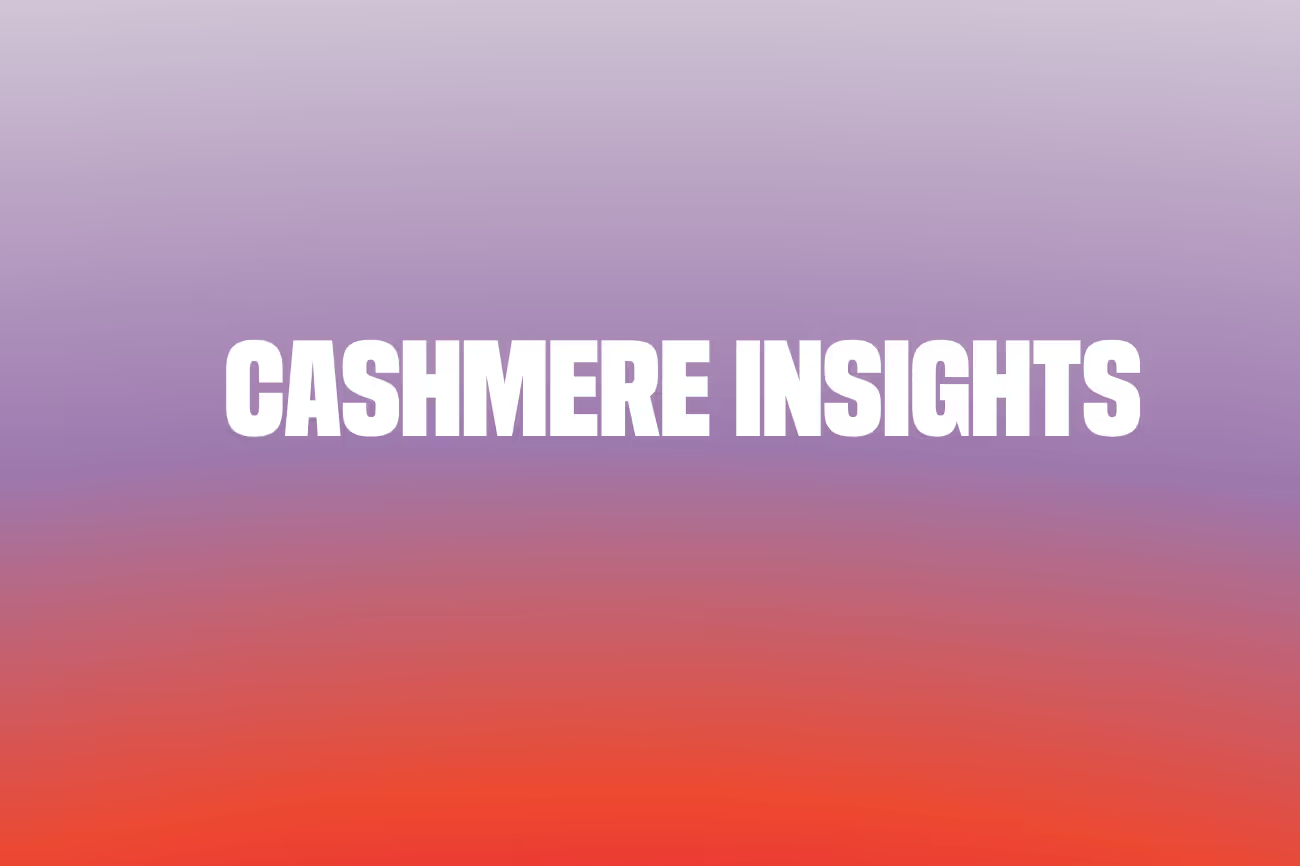For decades, private investing followed one playbook. Funds raised money, deployed it over a set period, and then shut their doors until the next “vintage” came along. That model still dominates, but a new approach is gaining traction. Evergreen funds are rewriting the rules of private investing and opening doors for a broader set of investors.
Traditional closed-end funds
Most venture capital and private equity funds operate as closed-end vehicles. They raise a pool of money at one time, invest it over a few years, and return capital to investors after exits or liquidity events.
This setup has some advantages for managers, but it comes with tradeoffs for investors:
- Capital lockups. Money is typically tied up for 7 to 10 years.
- Vintage risk. Returns depend heavily on the timing of a single fund vintage.
- Limited access. Historically, only institutions and high-net-worth individuals could participate.
For retail investors accustomed to liquidity and ongoing access, these constraints make closed-end funds a difficult fit.
How evergreen funds work
Evergreen funds flip that script. Instead of closing after a vintage, they remain open, accepting new investments and providing redemption opportunities on a rolling basis. This means:
- Continuous investing. Investors don’t need to wait for a new fund cycle.
- Regular liquidity windows. Interval structures allow partial redemptions, often twice a year.
- Diversification over time. Portfolios are built across multiple years and market cycles, reducing vintage concentration.
In practice, evergreen funds behave more like open-ended mutual funds in structure but invest in illiquid assets like startups, credit, or infrastructure. That hybrid design offers the flexibility of ongoing subscriptions and redemptions, while still requiring investors to take a long-term view.
According to PwC, evergreen funds are gaining ground not only in venture but also in private credit and infrastructure, where flexibility appeals to both managers and investors.
Why evergreen aligns better with retail investors
Evergreen structures address many of the hurdles that kept everyday investors out of private markets. The key advantages include:
- Access. Minimums are typically lower, sometimes as little as a few hundred dollars.
- Flexibility. Redemption options provide more control over capital, even if liquidity is still limited compared to public markets.
- Ongoing exposure. Investors aren’t locked into a single vintage’s timing. They can participate as the fund continues to deploy into new opportunities.
For retail investors building diversified portfolios, these features make private investing more approachable. They also encourage a healthier mindset: evergreen funds are designed for long-term participation, but they don’t require the decade-long lockups of legacy models.
Liquidity advantages of interval funds
Liquidity is where evergreen funds stand apart. Traditional VC investors may wait a decade for returns, but interval funds typically offer redemption windows twice a year. That still requires patience – this isn’t daily liquidity – but it provides a middle ground between public stocks and private lockups.
Investors should remember that liquidity is capped. Redemption windows usually only cover a small percentage of fund assets at each interval. In times of stress, redemptions may be limited or delayed. That’s why evergreen funds work best for investors who can tolerate illiquidity but value occasional opportunities to rebalance.
Retail appetite for alternatives has surged as new vehicles balance the tradeoff between access and liquidity. Interval structures are part of that shift, offering investors a clearer sense of when they might be able to access their money.
Institutional adoption of evergreen models
Evergreen funds aren’t just for retail. Institutions are also warming up to the model. Blackstone and other large managers have launched evergreen strategies in real estate and private credit to meet demand from both individual and institutional investors.
This institutional adoption signals that evergreen is more than a niche experiment. It’s becoming a durable option across asset classes, reshaping expectations about how private capital can be managed.
Why The Cashmere Fund uses evergreen
The Cashmere Fund is one example of a venture vehicle that adopted an evergreen interval structure. The fund’s model reflects several priorities that align with retail investors:
- Lower barriers to entry. Its $500 minimum makes early-stage investing possible for a broader audience.
- Liquidity options. Biannual redemption windows provide periodic flexibility, even if most capital is still long-term.
- Diversification over time. The evergreen design spreads exposure across multiple years rather than concentrating bets in a single vintage.
- Transparency. The fund uses audited fair-value accounting and publishes shareholder letters to keep investors informed.
These design choices don’t eliminate the risks of venture investing, but they illustrate how evergreen funds can be adapted to meet the needs of non-institutional investors.
Evergreen funds represent a meaningful shift in how private markets operate. By offering continuous access, partial liquidity, and long-term diversification, they make alternatives more practical for a wider investor base. Institutions are adopting them, and retail investors now have tools to participate in ways that weren’t possible a decade ago.
For investors, the lesson is simple: structure matters. Understanding how evergreen funds differ from traditional closed-end models can help you decide if this new approach to private investing fits into your broader financial strategy.
—
This communication and its contents are for informational purposes only and do not constitute an offer to sell or a solicitation of an offer to buy shares of the Sweater Cashmere Fund (the “Fund”). The Fund is managed by Sweater Industries LLC (“Sweater”) as the investment adviser and Forma Cashmere LLC (“Forma Cashmere”) as the sub-adviser. Investors should carefully consider the investment objectives, risks, charges, and expenses of the Fund before investing. The prospectus contains this and other information about the Fund and can be obtained by calling 1-888-577-7987 or by visiting the Fund's website at https://www.thecashmerefund.com. Please read the prospectus carefully before investing. All investments involve risks, and past performance is no guarantee of future results. The content herein is for informational and educational purposes only and should not be construed as investment advice or an offer or solicitation with respect to any products or services for any persons who are prohibited from receiving such information under the laws applicable to their place of citizenship, domicile, or residence.


.png)


